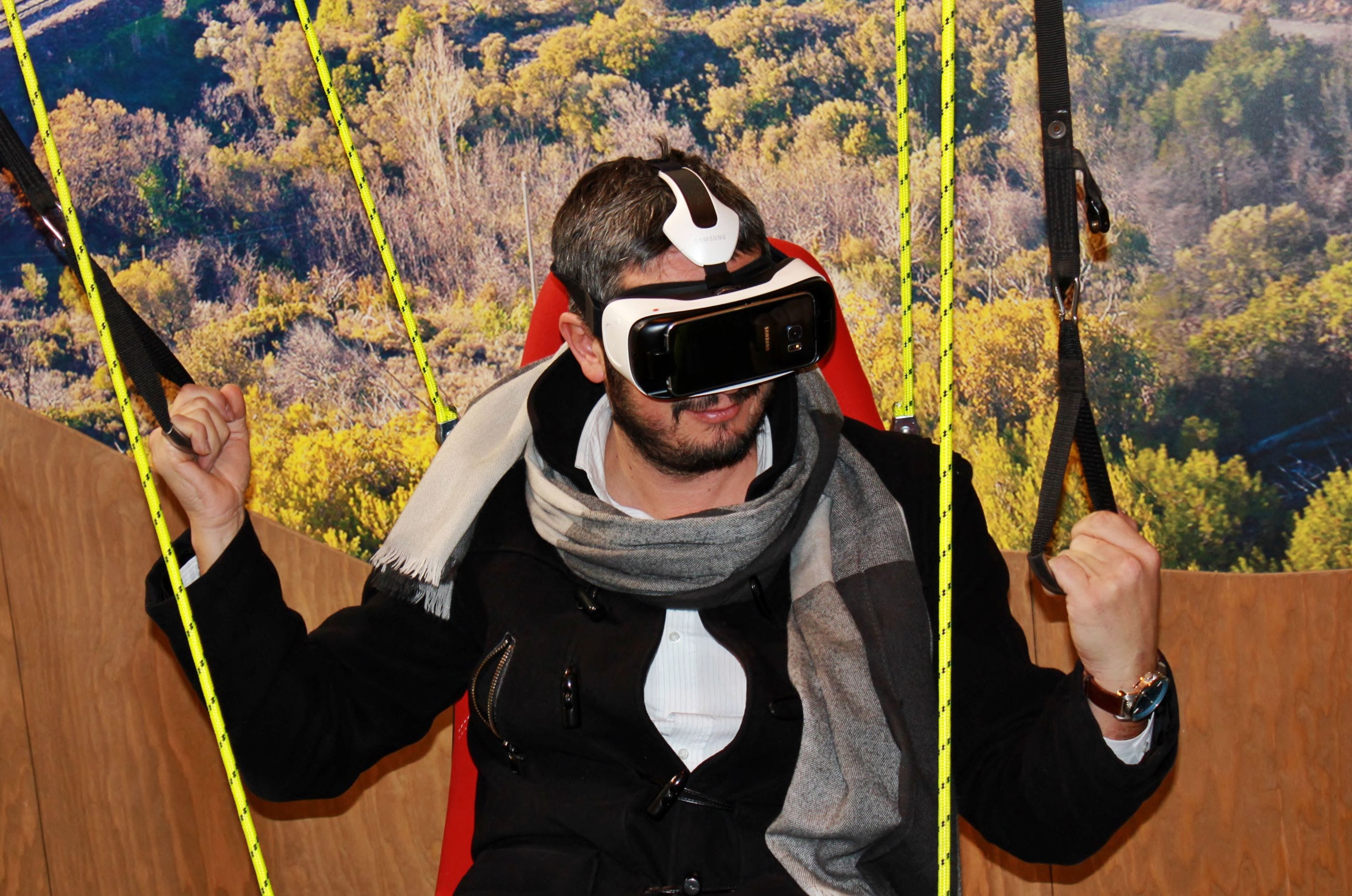8 Ways Virtual Reality Could Transform the Lives of Disabled People
Claudia.Cahalane | 20 Feb 2017Must read: Building eye gaze tech into VR games
In our recent webinar, Raphael Vinell-Clegg, senior usability and accessibility consultant at AbilityNet, explored the life changing potential of virtual reality (VR) for disabled people. If you missed it, here's a round up of some of the ways virtual reality is already proving useful for people with different disabilities. Check out each link for more information.
1 For those who're physically disabled, virtual reality (VR) means the potential to try out-of-reach experiences such as climbing a mountain, skateboarding or swimming in the sea, perhaps for the first time.
2 VR could be used to help physically disabled people plan accessible routes around a new town or tube station, in advance of a trip. Developers of shopping centres, etc, can equally use VR to plan their spaces as inclusively as possible.

3 VR could play a part in helping the recovery of someone who's had a stroke, sports injury or vestibular system issues by in improving motor skills and aiding muscle recovery. It's been proven that when someone imagines doing an activity, the relevant parts of the brain needed to do that movement are stimulated.
4 Those with learning disabilities such as autism, can use VR to increase safety. For example, to gain an idea of what an environment – a busy road, for example - could be like in advance of visiting somewhere new, to reduce overwhelm and anxiety and be safer.
5 The invention of technology such as Sign Aloud gloves could be used with virtual reality equipment to offer a richer and easier adventure game experiences for a deaf person, if that person has Sign as a first language. By translating sign language into audio or text within a game or VR experience, deaf people could connect with speaking people and characters.
6 There is potential for people with particular vision impairments, such as Stargardt's disease (a reduction in the central detailed vision) to see images more clearly using VR. This video shows how a woman was able to use Near Sighted VR Augmented Aid to see her grandchild more clearly, after eight years with limited vision.
7 People with Asperger's might find it useful to use VR to practice social skills or have fun in non-threatening environment.
8 VR is being used to give more people an idea of what a person with autism, epilepsy, and other conditions such as alzheimer's, might be going through - by simulating a real experience in a virtual world.
- See the full AbilityNet VR, Disability and Inclusive webinar here.
- Our next FREE webinar Dementia and Digital Design is on 23 February. Sign up here.
- See a more detailed article on VR and inclusivity from Raphael on Techcrunch.
Photo courtesy of http://www.justraveling.com.



